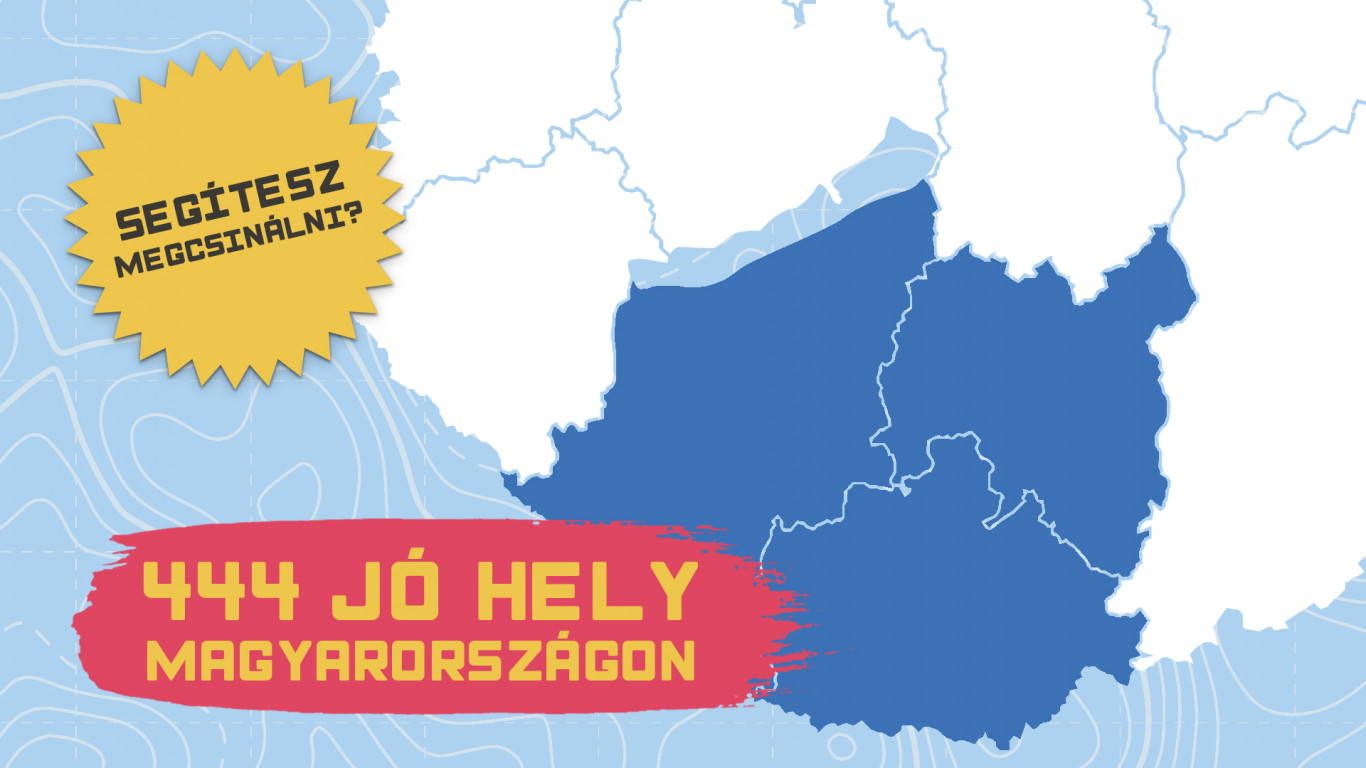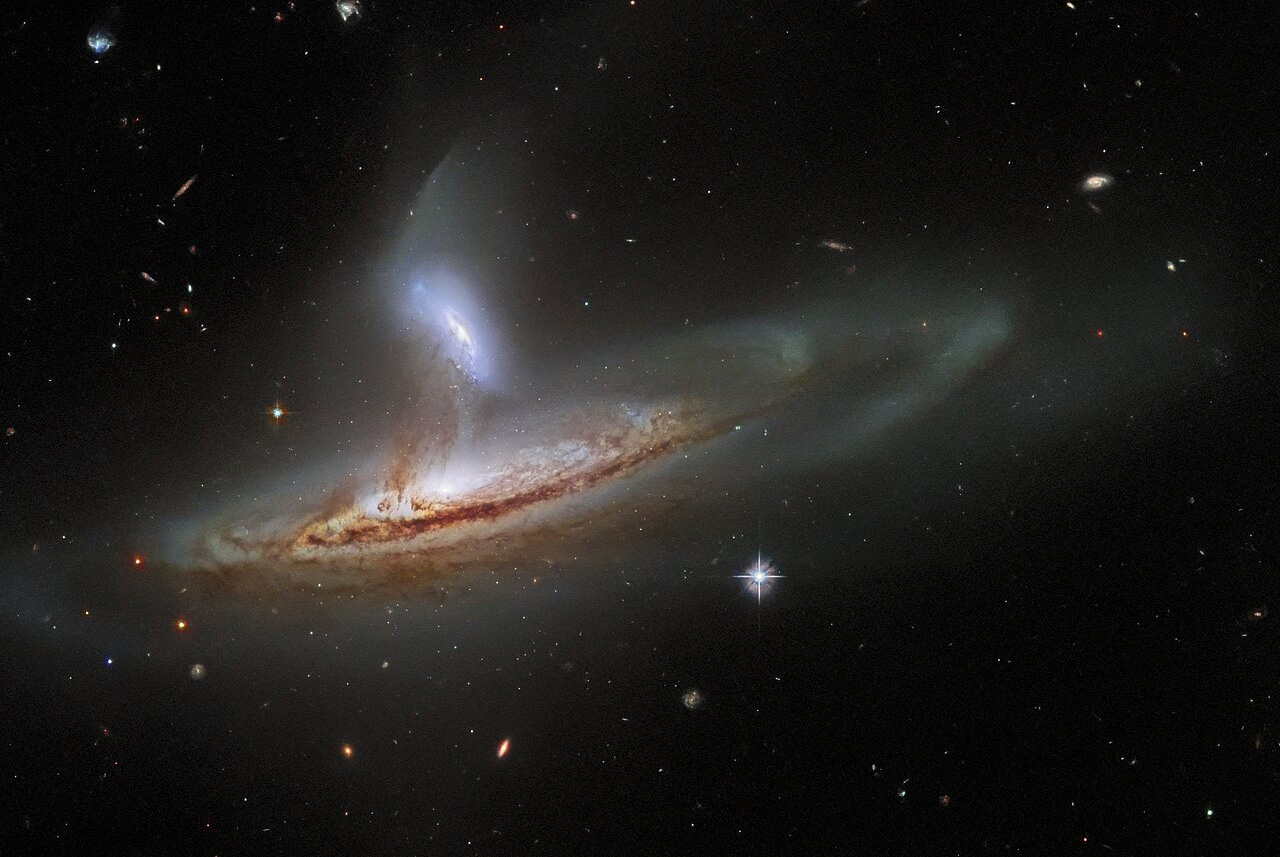An international research team has found that forest burning caused atmospheric changes in Maori when New Zealand was inhabited 700 years ago.
Soot from this period has been found in Antarctica, and scientists were able to reconstruct the path of soot particles through the atmosphere using a model they developed. Austrian and Norwegian experts have found that soot comes from bushfires in New Zealand.
Their findings were published in the scientific journal Nature. A few years ago, American researchers found high levels of soot in an ice crater on the Antarctic Peninsula dating back to around 1300. The Maoris then inhabited New Zealand and researchers speculate that the soot deposits came from there as the indigenous people burned the forests. In contrast, such deposits were not found in East Antarctica.
The study used a new computer model developed by Andreas Stoll, a researcher in the Department of Meteorology and Geophysics at the University of Vienna, and staff at the Norwegian Institute for Air Research (NILU). This makes it possible to reconstruct the migration of detectable emissions from historical holes in ice holes.
Stoll said reverse calculations based on wells showed that sediments on the Antarctic Peninsula and the lack of sedimentation from East Antarctica during the same period could only be explained by soot emissions from Patagonia, Tasmania and New Zealand.
Farther north in Africa, Australia and the Amazon were excluded by researchers: if soot came from there, then there would also be deposits in East Antarctica.
When applying this model, scientists assume that the climate for particle travel did not differ significantly from the current climate for 700 years. This can also be seen from the fact that the precipitation conditions in Antarctica have not changed much. “Small differences will not affect the results, and a significant change in the trading pattern can be ruled out,” Stoll explained.
Analysis of sediments from lakes in Patagonia, Tasmania and New Zealand revealed coal deposits in New Zealand only 700 years ago. This coincides with the time when the Maori inhabited New Zealand. The high concentration of soot on the Antarctic Peninsula, 6000 km away, is not accidental.
The fact that humans have caused a significant change in atmospheric soot concentrations for 700 years is very surprising.” said Joe McConnell, a fellow at the Desert Research Institute in Reno, Nevada, USA, the study’s lead author.
For scientists, the study provided further evidence that human activity has had a much longer-than-expected and much greater impact on Earth’s atmosphere and climate.
It also provides additional information about when Maori arrived in previously uninhabited New Zealand. With the help of the analysis of ice holes, it has been established that the burning of the forest in a large area can begin around the year 1297. The purpose of burning was to create farmland. Before the arrival of the Maori, New Zealand was almost exclusively covered by about 80 percent of primeval forests – today just less than 25 percent.
(MTI/APA)












































